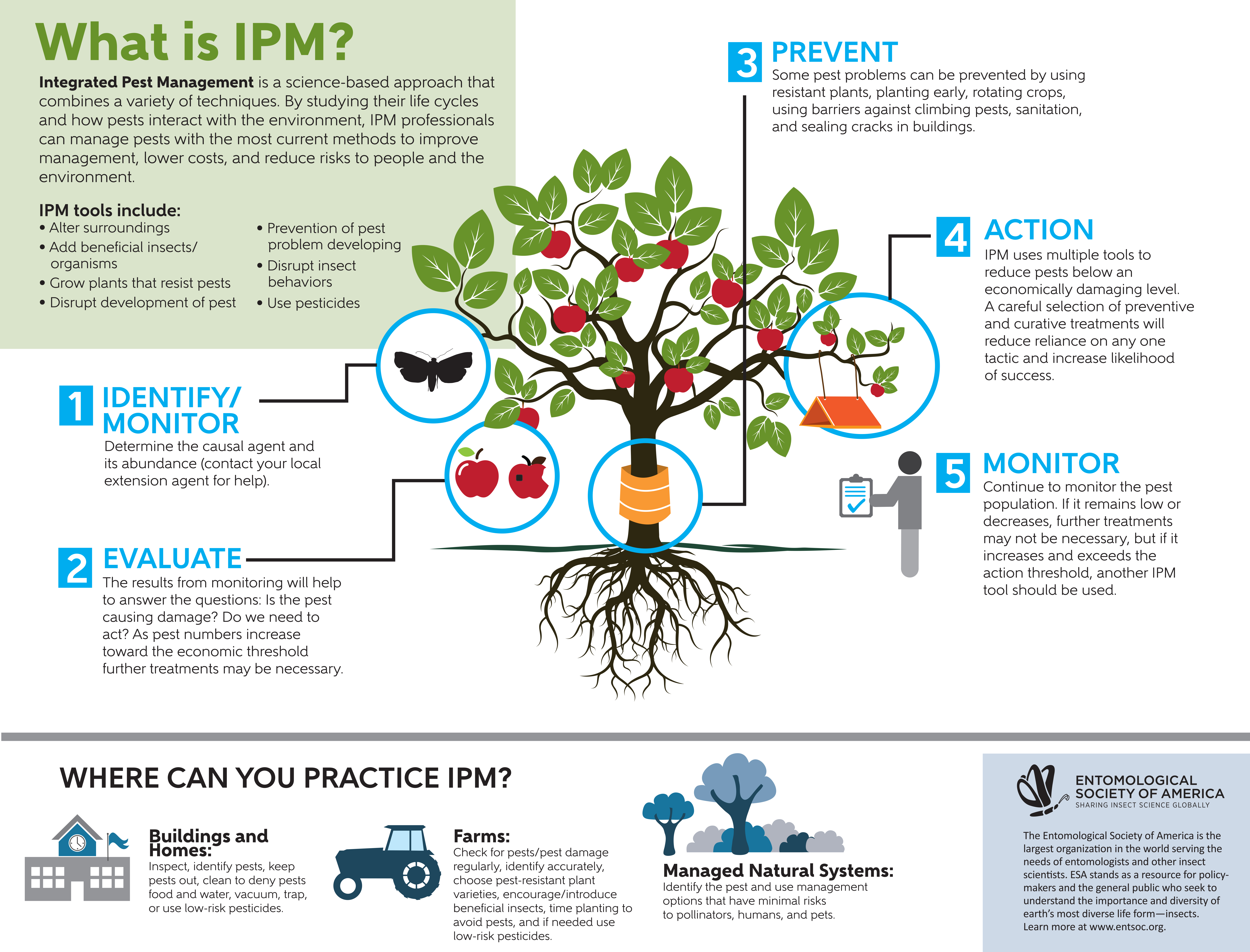Rat Control Comprehending Usual Rodent Habits
Rat Control Comprehending Usual Rodent Habits
Blog Article
Short Article Author-David Corbett
When it pertains to rodent control, understanding typical rodent behavior is key to successfully managing invasions. Did you understand that rodents have some interesting nesting habits that might amaze you? By discovering their elaborate habits, you can get beneficial understandings into how to tackle rodent problems in an extra strategic and efficient fashion. So, allow's unwind https://drive.google.com/drive/folders/1QW-fXxDWtbnJ4zr3VlEbgpZHCyLN1iXu behind these creatures' actions and discover how to outmaneuver them in your rodent control efforts.
Rodent Nesting Habits
When observing rodents in their natural environment, you'll notice that they actively choose products to build their nests. Rodents, such as mice and rats, are clever creatures that utilize a variety of items like branches, leaves, paper, and fabric to construct their homes. They're careful in their nest-building procedure, frequently lining their nests with softer materials like fur or plumes to create a comfy environment.
Rodents choose to develop their nests in concealed and safe and secure places to safeguard themselves and their young from killers. Typical nesting spots include wall surface dental caries, attics, cellars, and also within insulation products. By constructing their nests in these private locations, rodents can securely raise their children far from potential risks.
It is important to comprehend the nesting routines of rodents when executing control actions. By https://docs.google.com/spreadsheets/d/1gu4ByGtghIofBNRz8YP_5WGzjsVBEXShijWYIWhrXN0/edit#gid=506519284 or eliminating materials, you can discourage rodents from establishing a visibility in your home or residential property. Appropriate sanitation and sealing entrance factors are also vital steps in stopping rodent invasions.
Rat Feeding Patterns
After observing rats' nesting practices, it becomes apparent that their feeding patterns play an essential duty in their lives and behaviors. Rodents, including mice and rats, are opportunistic feeders, indicating they'll eat whatever food source is easily available. They're largely nighttime animals, preferring to forage for food during the cover of evening to avoid killers.
Rats have a varied diet, ranging from grains, seeds, fruits, and veggies to insects, nuts, and even little animals. This versatility in their food options allows them to thrive in different atmospheres, consisting of urban locations where human food resources are abundant.
Their feeding patterns aren't only driven by cravings however also by the need to stockpile food for times of shortage. This actions is especially obvious to prepare for winter months or when nesting. Rats are understood to hoard food in their nests or burrows, making sure a constant food supply. Understanding their feeding patterns is important in applying reliable rodent control measures to disrupt their food sources and avoid infestations.
Rodent Activity and Travel
Rodents navigate their environments with dexterity and stealth, using their keen detects to relocate quickly via their atmospheres. These creatures are skilled mountain climbers, able to scale walls and upright surface areas easily. They can additionally press with surprisingly little openings, making it essential to seal any type of possible entrance points in your house.
When it pertains to traveling, rats often tend to adhere to familiar paths, producing tracks along walls or skirting the sides of rooms. They're creatures of habit, usually staying with these developed routes as they forage for food or discover their surroundings.
Rats are recognized for their nocturnal practices, so you may hear them scurrying around during the night as they search for food and water. https://www.humanesociety.org/resources/how-find-wildlife-rehabilitator and unpredictable, permitting them to dart in and out of view in the blink of an eye.
Recognizing just how rats relocate and travel can aid you recognize prospective invasion locations in your home and take positive steps to prevent these bugs from obtaining a footing.
Final thought
As you work to regulate rats in your house, bear in mind that understanding their habits is essential. By recognizing their nesting behaviors, feeding patterns, and activity, you can successfully prevent invasions.
Coincidentally, by taking positive measures to remove food sources and seal off entry points, you can disrupt their acquainted paths and compel them to seek new places, eventually reducing the chance of rodent visibility in your home.
